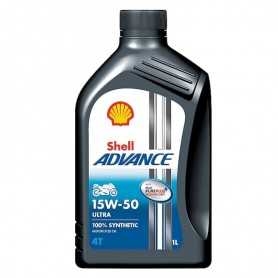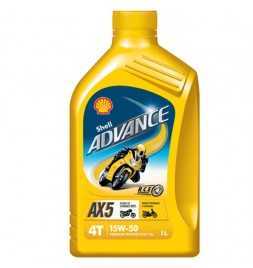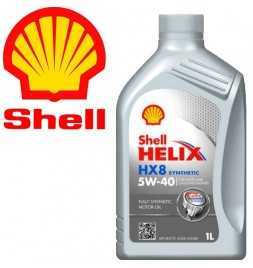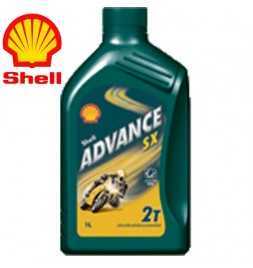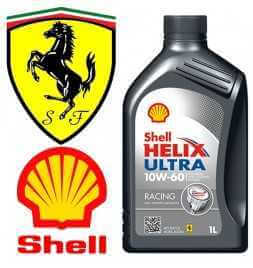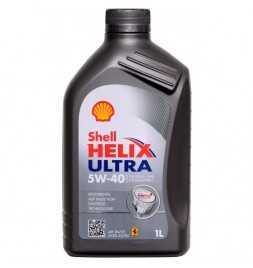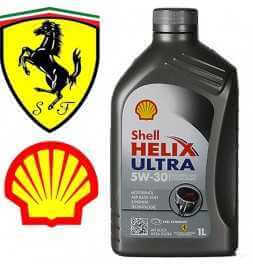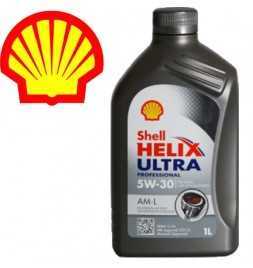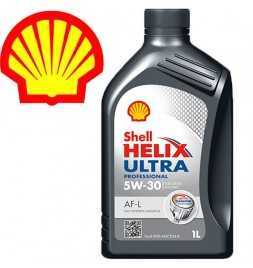List of products by brand Shell
Shell Italia lubricating oil
The Shell logo appears in 1891 as a trademark for kerosene sent to the Far East by Marcus Samuel and Company.This small London company had initially dealt with antiquities, curiosities and oriental shells, the latter were so popular that they became the main import and Export.
In 1907 the Royal Dutch Petroleum Company and Shell Transport and Trading merged, the latter's brand becoming the shortened name and emblem of the new Royal Dutch Shell Group.
Shell logo
The Shell logo has changed over the years until its latest version, in this image we see the evolution of the logo over the years:
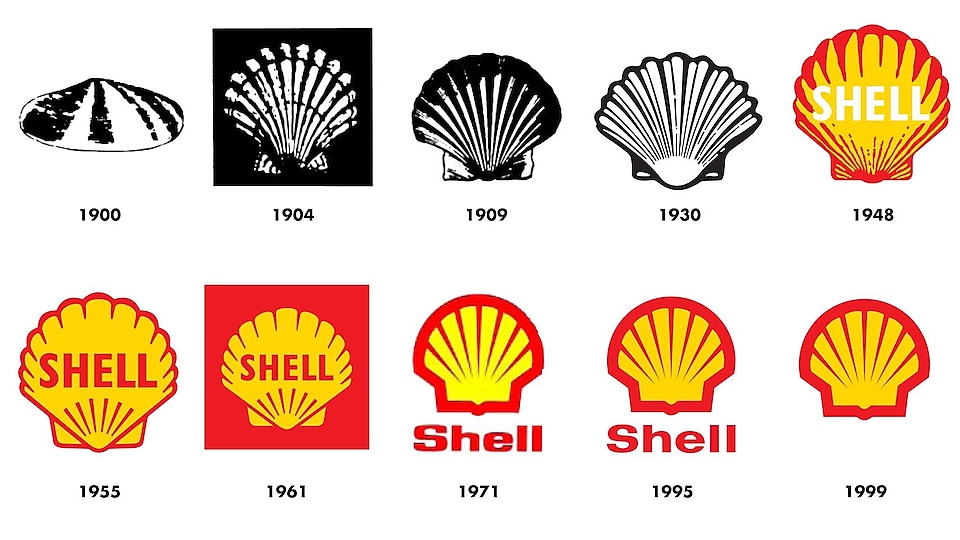
Shell Italy
It is present in Italy with a network of Distributors of which we have been part of since 1990, we market the entire portfolio of Shell products which is composed of the following families:
Shell motor oil the Shell Helix family:
- Shell Helix Ultra
- Shell Helix HX8
- Shell Helix HX7
- Shell Helix Hx6
- Shell Helix Hx5
Oli Moto the Shell Advance family:
- Shell Advance Ultra 4T
- Shell Advance AX 7
- Shell Advance AX 5
Shell Rimula Heavy Duty Motor Lubricant:
- Shell Rimula Ultra
- Shell Rimula R6
- Shell Rimula R5
- SHell Rimula R4
- Shell Rimula R3 Turbo
Shell lubricants for industrial applications:
- Shell Tellus
- Shell Omala
- Shell Corena
- Shell Turbo
- Shell Morlina
- Shell DIala
Shell lubricants and GTL bases
In 1973 Shell started research for the production of fuels and lubricants with GTL technology which means Gas To Liquid from gas to liquid. This technology dates back to 1925 when German chemists Franz Fischer and Hans Tropsch developed a method of converting natural gas into liquid hydrocarbons. After the start of research in 1973, in 1983 there was the start-up of a first pilot plant in Amsterdam and then in the nineties a first production plant was built in Malaysia. The real change came in 2011 with the construction of the Pearl GTL plant in Qatar which produces 140,000 barrels per day of which 30.00 are of base oil with Pure Plus Technology.
Why the GTL base?
This technology allows natural gas (Methane) to be converted into a crystalline synthetic base oil, substantially free of the impurities present in the crude oil and intended for premium synthetic lubricants. With this technology it is possible to design the molecules to be inserted into the motor oil, creating long chains of carbon molecules, the ideal starting point for the production of base oils - that is, the main components (75-90%) of the finished - pure motor oils and clean.
The benefits of GTL based lubricants:
Precisely because GTL based oil derives at the molecular level from natural gas, it is far more stable than traditional base oils; the result is lower engine oil volatility and better flow properties at low temperatures, thanks to the high viscosity index. Compared to the traditional counterparts of groups II and III, base oils formulated with PurePlus technology have a lower viscosity at very low temperatures (from -25 to -40 ° C) and therefore are able to lubricate the engine effectively already from cold start. These properties ensure less engine wear, fewer refills and greater fuel economy.Lubricants such as shell helix ultra 5w40 or shell advance ultra 4 are produced with a GTL base.
Shell eco marathon
It is the most important competition for innovation in mobility that takes place every year in Europe, America and Asia and involves over 5000 students in the three continents, born in 1985 to find the team that, thanks to its creativity and know-how technician, can cover the greatest distance with the equivalent of 1 kWh or 1 liter of fuel. The purpose of the initiative is to involve European citizens on issues related to energy and mobility, acting as a source of inspiration in considering innovative and alternative solutions to normal energy sources. There are 161 teams competing from 25 countries Two types of vehicles allowed: UrbanConcept - vehicles similar to traditional cars - and Prototype - light and ultra-efficient vehicles, often with three wheels. The choice of the engine, and therefore of the fuel, can fall into three categories: internal combustion engines (gasoline, diesel, ethanol), electric batteries or hydrogen combustion cells.
There are 229 products.






